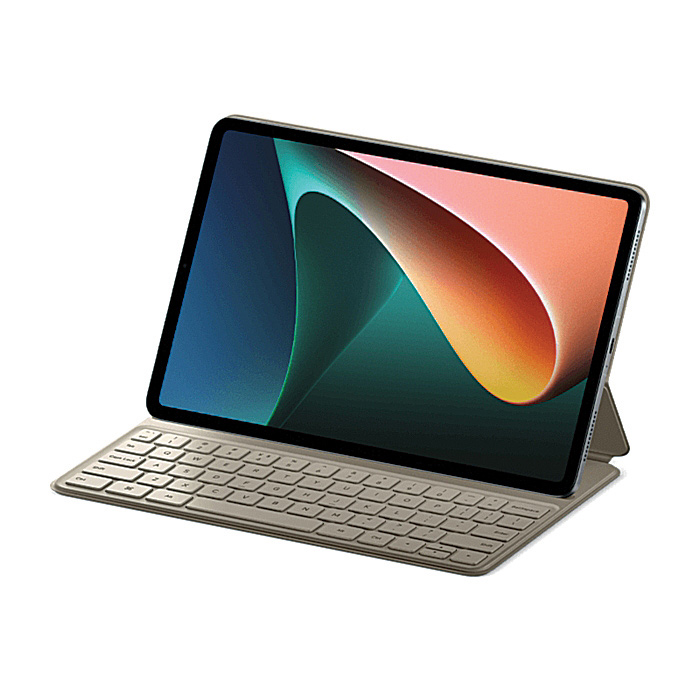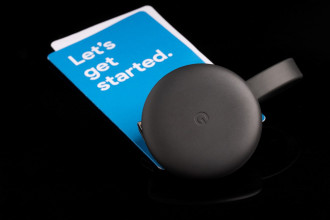
The tablet space has to be the most uneventful and largely unexciting amongst all mobile computing platforms, and for good reason. While Apple has been busy developing their line of iPads, other manufacturers simply haven’t been able to catch up to the finesse of these stupidly powerful slates.
The highest-end Samsung and Huawei tablets try to catch up to their Apple counterparts in a few technical aspects. However, they fail to compete in terms of price, especially in a price-sensitive market like Nepal. That being said, there is one relatively new brand in the mobile computing space that has a chance at giving at least the baseline iPad, and maybe the iPad air a run for its money—Xiaomi.
When Xiaomi first announced the Xiaomi Pad 5, it was a China-only release, which was disheartening, to say the least. Then, as Apple got around to releasing the 2021 iterations of its iPad line-up, Xiaomi decided to go global with its Pad 5.
Don’t get me wrong, the so-called Pro devices from Apple still leaves this Chinese slate in the dust, but where Xiaomi truly shines, as always, is in the value for money department.
By the looks of it, both the 2021 iPads and the Xiaomi Pad 5 line-up will hit the Nepali market at almost the same time. And for the reason stated above, we will be leaving the iPad Pros out of this conversation.
To sum up the popularity of the iPad, it has a couple of things going for it: Very capable silicon powering the device, a respectable display, a reasonable price tag, and of course, the years and years of software support that makes one forget that they are on a device from the yesteryears.
Also, the regular old iPad generic seems to be everyone’s go-to as the device is more than capable of handling the day-to-day tasks that one might expect of a tablet. The 9th generation of the device that Apple announced just recently dropped for a minimum of 329 US dollars, which accounting for all of the import duties and whatnot should land in the Nepali market for somewhere around the Rs 60,000 mark.
The Pro variant of the Xiaomi Pad 5 is also expected to drop at the same price point, if not less than that. Hell, you might even get a 5G variant for the same price if you are willing to look past the absence of iPad OS in favour of the new MIUI optimised for tablets.
Seeing as this has become somewhat of a direct comparison to the baseline iPad, its notable that the iPad comes with a 10.2-inch true tone retina display, albeit at only 60 hertz. The other specs are quite frankly irrelevant when it comes to the iPad. It has just enough to not blow you away while retaining whatever a reasonable individual would expect from it.
But this time around, Xiaomi has more to offer! And unlike Samsung, it doesn’t ask you to leave a massive dent on your bank account.
Multiple outlets the world over have sung praises for the design language and build quality of the new Pad 5, regardless of it having a plastic back wrapped by aluminium rails. Part of the reason being, unlike most other tablets that go for an industrial look, Xiaomi opted for a more fun-looking back that reflects different hues depending on where the light hits. Plus, it doesn’t catch fingerprints as easily.
The front panel is where the magic happens, though! The front panel on the Pad 5 features a 10.9 inch, 120 Hz LCD panel with Dolby Vision and HDR10 support. That alone beats the supposed market leader in the mid-range tablet space. Then there is the stylus input that benefits from the high refresh rate. With the optional Smart Pen, the screen reads the stylus input with 240Hz sampling and can recognise up to 4,096 pressure levels, while the connectivity itself is handled via Bluetooth.
The pen is nicely solid, made of plastic with a matte finish. It has a replaceable head and two keys with pre-defined functionality. The bottom key is for quick notes or brush type change/eraser when writing, while the top key is for quick screenshots or brush colour changes. Taking a hint from Apple, as always, Xiaomi also decided to make the stylus magnetically attachable to the tablet’s side rails, where it also gets its juice from.
There is one thing that bugs me with the tablet’s rear, though. While I understand, the tablet takes after Xiaomi’s 11th smartphone series, the protruding camera bump seems a little excessive. For a device with such a large footprint, the ability to keep it on a flat surface without it wobbling all over the place would seriously enhance the usability of the device. The left side (in portrait) has three small pogo pins where the optional magnetic keyboard case is attached.
Under the hood, the Pad 5 features a powerful Snapdragon 860 chip, which does not guarantee a flagship-level performance but still comes respectably close thanks to the six gigs of accompanying RAM. There are quad speakers, each pair placed on the shorter side of the slate. Also, they have support for Dolby Atmos to go with your Dolby Vision screen. Meaning, binging through content on this slate should be really fulfilling. Before you ask, the slate also packs four microphones, so video calls should be crisp, and the video recorded over the dual-camera setup on the rear should have plenty of separation.
While we have yet to have one in our hands to give out a proper hands-on review of the device, I am glad that the tablet space is finally starting to become less one-dimensional. The Xiaomi Pad 5 would likely be my go-to recommendation for anyone not looking to realign their usage pattern to the California-based tech giant’s whims. Anything and everything that you would want from a full-fledged tablet package seem to be here on the Xiaomi Pad 5.
Read this also:
Third Generation Hyundai i20 Steps Up the Game
Published Date: September 27, 2021, 12:00 am
Post Comment
E-Magazine
RELATED Tech Talk


